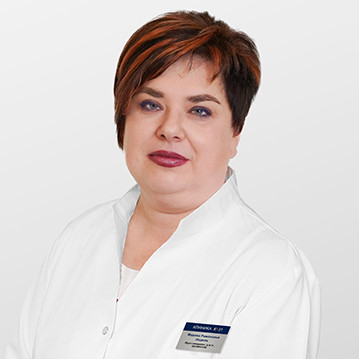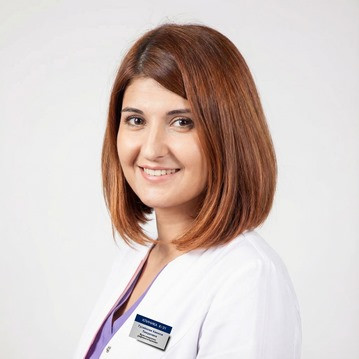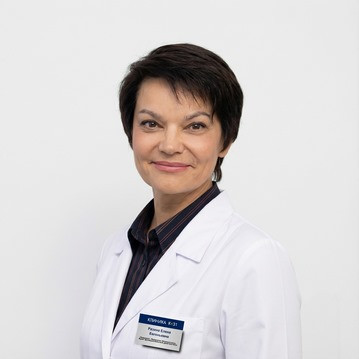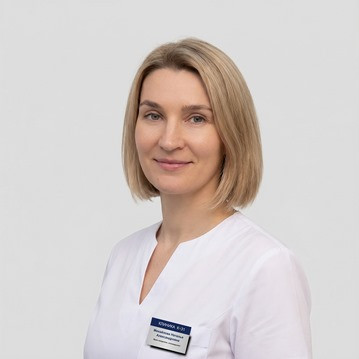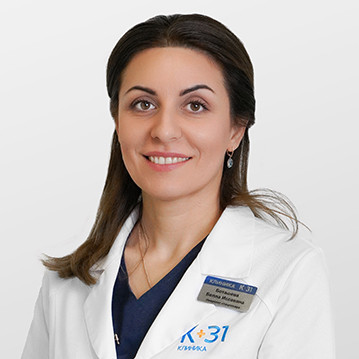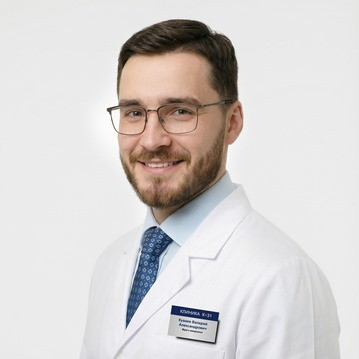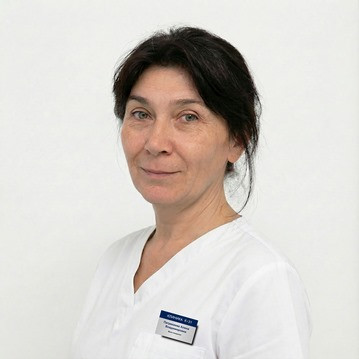Diagnosis
Diagnosis of primary TN, as a rule, is not difficult and is based on characteristic complaints. It can be noticed by a therapist or a neurologist (most characteristic of intercostal neuralgia) at a routine routine examination. Also, the diagnosis can be confirmed against the background of positive dynamics when taking anticonvulsants. Since neuralgia, depending on the location, can have different symptoms, when making an appointment with a doctor, patients should be prepared for the fact that they can be sent for an additional examination to accurately determine the diagnosis and choose a treatment method. It can be:
- Laboratory tests (general blood and urine tests).
- Magnetic resonance imaging.
- Orthopantomography (panoramic x-ray of the mouth).
- X-ray of the paranasal sinuses.
- Consultation of an otorhinolaryngologist.
- Gastroenterologist consultation
- Consultation of a cardiologist with electrocardiography to exclude heart pathologies that have similar symptoms.
- Consultation of a dentist (in dentistry, damage to the trigeminal nerve is often the cause of pain).
- Psychotherapist consultation.
This approach allows our specialists to get the most accurate picture of the state of the patient's body and choose how to treat a particular disease. Moreover, complex diagnostics and the combined work of specialists make it possible to notice the disease before it manifests itself in an acute form.
Trigeminal neuralgia treatment
Treatment of TN is usually carried out on an outpatient basis and is aimed at eliminating the pain syndrome and preventing recurrent attacks. The drugs of choice are anticonvulsants (carbamazepine, oxcarbamazepine, pregabalin, gabapentin, topiramate, lamotrigine), the dosage of which is selected individually. Antidepressants with analgesic effect in moderate doses (amitriptyline) are also used.
The prognosis for life in the treatment of intercostal neuralgia is favorable, in terms of cure - uncertain, it all depends on the degree of development of the problem, concomitant diseases, compliance with the doctor's recommendations.
It should be remembered that self-diagnosis and treatment is inadmissible, as well as the presence of contraindications and side effects for the drugs used. Their uncontrolled use can provoke serious complications. In this regard, before treatment, it is necessary to consult a specialist.
The doctors of the medical center "K+31" know how to treat any neuralgia, they try to make the most of the possibilities of conservative medicine, without surgical intervention. All procedures are selected individually, and the patient receives qualified assistance, minimizing possible risks to his health.
All doctors have extensive practical experience and over 10 years of experience, a large number of reviews from satisfied patients. Appointments can be made through the website. It is enough to leave your data in a special form and request a call back. Everything takes a minimum of time to send information, just click on the "Make an appointment" button.
Other diseases in the direction of neuralgia
Neuralgia is a set of syndromes characterized by damage to peripheral nerves. The main symptoms: pain in the localization of disorders of the innervation of the nervous system. Distinctive features of neuralgia are the absence of motor disorders, structural changes. Neuralgia develops in nerves passing through narrow channels and openings.
A sign of neuralgia is soreness, depending on physical exertion, injuries. The pain is intense, lumbago, aggravated by chewing load, bending and impact on the affected area.
To understand the main forms and localizations of neuralgia, the following types of disease should be considered:
- Trigeminal neuralgia. Accompanied by stabbing pain in the face. An attack occurs at any time. The harbingers of an attack resemble a herpes virus infection: the appearance of "goosebumps", numbness, acute pain.
- Intercostal neuralgia. Draws attention to acute pain in the ribs, which increases with movement, sneezing, coughing, deep inspiration. Intercostal neuralgia is often a consequence of osteochondrosis of the thoracic spine.
- Neuralgia of the sciatic nerve. The pain is localized in the buttocks with irradiation to the thigh. The pain is aggravated by movement. Other signs include burning and pain in different parts of the limbs. The pain syndrome limits mobility, it is impossible to stay in one position for a long time.
- Neuralgia of the external femoral cutaneous nerve. Patients complain of numbness, burning of the skin. Neuralgia alternates with attacks of exacerbation and remission. The pain is prolonged, it is difficult to stop taking non-steroidal anti-inflammatory drugs.
- Neuralgia of the occipital nerve. Soreness is localized in the occipital region, sometimes rises higher, spreads to the temples, to the eyes. An attack of pain occurs spontaneously. Often there is vomiting. The pain intensifies and subsides.
- Postherpetic neuralgia. It develops mainly in people with the herpes virus. Symptoms occur spontaneously or are associated with an exacerbation of herpes.
- Neuralgia of the glossopharyngeal nerve. Damage to the process as a result of inflammation or infringement. A characteristic symptom is paroxysmal pain in the pharynx with innervation to the ear or lower jaw (in this regard, it is often confused with damage to the facial nerve).
Depending on the forms and nature of neuralgia, doctors choose the treatment. Neurologists prefer conservative methods of treatment.
Therapeutic treatment of neuralgia
The success of the treatment of neuralgia depends on the localization of the nerve lesion and the timeliness of the visit to the doctor. Conservative methods of therapy relieve symptoms, stop the development of the disease, and prevent complications. The course of treatment for each patient is individual. The general course lasts about 6-12 weeks.
Drug correction is aimed at eliminating the root cause of neuralgia and includes a number of drugs:
- Painkillers.
- Anticonvulsants.
- Anspasmodics.
- Muscle relaxants to reduce muscle tension.
- Antidepressants.
- Membrane stabilizing agents.
For pain relief, local preparations are effective: ointments, liniments, gels, pastes, compresses with therapeutic solutions.
In severe cases, neurologists offer patients injection blockades with Novocaine solution, hormonal preparations. Sometimes neuralgia occurs for a number of reasons that cannot be eliminated by conservative methods. In this case, surgery is required.
Surgical treatment of neuralgia
Surgical measures can radically solve the problem, stop the symptoms, eliminate clinical manifestations that are not amenable or difficult to correct with medication. There are the following methods of surgical treatment:
- Microvascular decompression. The technique allows you to remove a pathologically enlarged vessel that compresses the nerve. A soft pad is placed between the affected nerve and the dilated vessel.
- Stereotactic surgery. It involves the impact of high-frequency rays inside the affected nerve. This radiation disrupts the transmission of pain impulses to the brain.
- Balloon percutaneous compression. It involves inserting a microballoon into the affected nerve, which is then expanded with air. This eliminates intentional nerve injury.
Modern methods are characterized by low trauma, are well tolerated by patients at any age, and do not require long-term rehabilitation.
Prevention of neuralgia
Given that neuralgia is the result of various diseases and the influence of external factors, this condition can often be prevented. The main recommendations are as follows:
- Timely treatment of infectious diseases.
- Observation by a neurologist regarding chronic diseases, conditions.
- Protection regime, especially during periods of high epidemiological risks.
- Passing scheduled medical examinations.
- Regular back massage (classic or manual according to indications), especially with frequent exertion.
- Following all the recommendations of the doctor, including undergoing physiotherapy, performing exercise therapy exercises.
It is impossible to supercool, to allow damage to peripheral nerves. It is important to exclude bad habits: smoking, alcohol abuse, psychoactive substances.
The symptoms of neuralgia cause pain, which impairs the quality of life, reduces mobility, forces you to take a position of the body, which reduces clinical manifestations. In this regard, it is necessary to ensure the presence of sufficient and adequate physical activity in order to maintain the health of their joints.
If left untreated, neuralgia significantly reduces work activity, as well as the ability to perform simple daily tasks. You should consult a doctor to begin treatment and get rid of pain, discomfort and other unpleasant manifestations. Treatment can be long, but it is fully justified by its quality. You can make an appointment on any convenient day for an appointment.
Sources
- Neuralgia of the occipital nerve: symptoms of the disease, various methods of treatment. FeedMed – 2016.
- Monarch Disease Ontology release 2018-06-29sonu – 2018.
